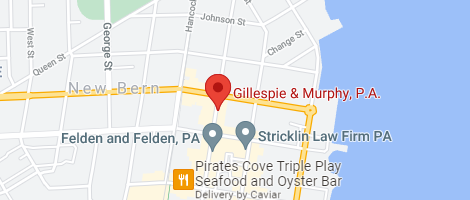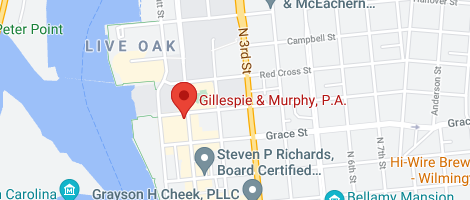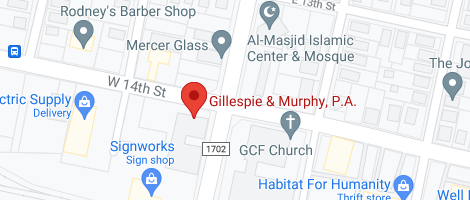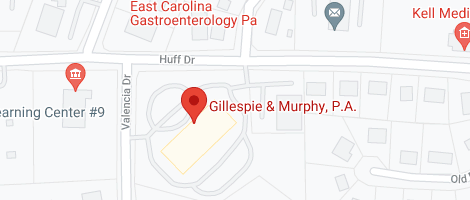An unforeseen financial hardship could cause you to fall behind on your mortgage payments. This could mean the loss of your home due to foreclosure. Fortunately, there are ways to prevent this.
Filing for bankruptcy is one way to stop foreclosure, but there are also other alternatives available when bankruptcy is not a good option. For example, you may be able to request a forbearance to help you pay back your delinquent mortgage payments.
What does a forbearance do?
According to Housing Wire, a forbearance does not forgive your delinquent mortgage payments. Rather, it gives you other options, such as deferring the payments so that you do not pay them until what would otherwise be the end of your mortgage period. This involves a modification to the existing loan.
Another option is to negotiate a payment plan. This allows you to pay back what you owe more quickly by making slightly larger monthly mortgage payments than you would otherwise.
What happens during the forbearance period?
During the forbearance period, you must make payments according to the terms that you agreed to initially. Your lender will outline this agreement in writing and provide it to you.
How do you request a forbearance?
You can request a forbearance directly from your lender. You may send the request by letter or call your lender to discuss it by phone.
Forbearance offers benefits to both you and your lender. Therefore, if you request a forbearance, you may find that your lender is willing to meet you halfway.







